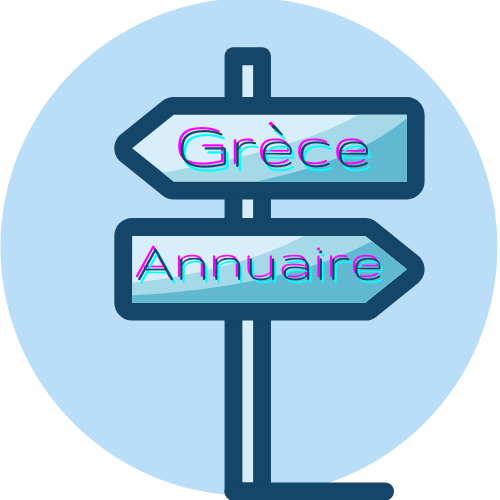EUBOEA (island of) intercity bus KTEL Chalcis (Central Greece)
KTEL Euboea, the main intercity public transport provider on the island of Euboea, connects villages and towns to each other, as well as to the mainland. On their site, discover the lines, prices and timetables.
Presentation of the KTEL of the island of Euboea
The network covers the entire island, serving major points such as Chalcis, Eretria, Karystos, Kymi, and many others. Beyond local destinations, KTEL Euboea provides direct connections to key cities on the Greek mainland, including Athens, Thessaloniki, Lamia, Volos and Karpenissi.
With more than 50 modern buses and transporting 2 million passengers per year, KTEL Euboea is a major player on the island. Its history and commitment to quality service make it a trusted partner for residents and visitors to Euboea, contributing to the social and economic development of the island.
Evolution and adaptation of KTEL Euboea
KTEL is much more than just a bus company. It is an institution that has played a crucial role in the modernization and emancipation of Greek villages, bringing them culture, progress and connectivity.
Founded in 1952, KTEL Euboea has undergone constant evolution. The 1960s and 1970s saw the expansion of the network, while the 1980s saw the modernization of the fleet with newer, more comfortable buses. The 1990s introduced additional services like parcel shipping, and the 2000s saw the adoption of technology to improve ticket and schedule management. Today, KTEL Euboea continues to adapt, committing to protecting the environment through green technologies.
The rich history of KTEL Évia
KTEL was also a vector of culture and information. Before its existence, remote villages were isolated, lacking access to the information and entertainment available in larger cities. KTEL helped bridge this gap by bringing films, books, newspapers and news from the outside world to every street corner, even in villages without electricity.
- Until 1952 various types of vehicles, often rudimentary, were used, with a limited capacity of 12 seats maximum.
- Between 1952 and 1962, we noted the appearance of the first standardized 24-seat buses, a significant progress in terms of comfort and capacity.
- Between 1962 and 1979, bus capacity increased to 32 seats, better meeting growing demand and making travel easier.
- Between 1979 and the year 2000, more modern buses with up to 50 seats, offering better comfort and increased safety.
- Since the year 2000, the renewal of the fleet with buses has been regular, they come from Europe, sometimes manufactured or fitted out in Greece.
Today, KTEL EVIAS has a modern fleet of buses aged from 1 to 10 years at most. These buses offer an excellent level of service and safety to passengers, thanks to cutting-edge equipment and modern technologies.
You need to be connected to post a comment








